Introduction to Crassula Plants and Feline Safety
Welcome, green thumb enthusiasts and feline guardians! You might adore the rustic charm of Crassula plants adorning your home, but as a responsible pet parent, it’s crucial to dig into the nitty-gritty of houseplant safety. Crassulas, with their thick, waxy leaves and robust growth, have become the darlings of the indoor plant world, but could these succulent beauties be hiding a perilous secret from your purring pals?
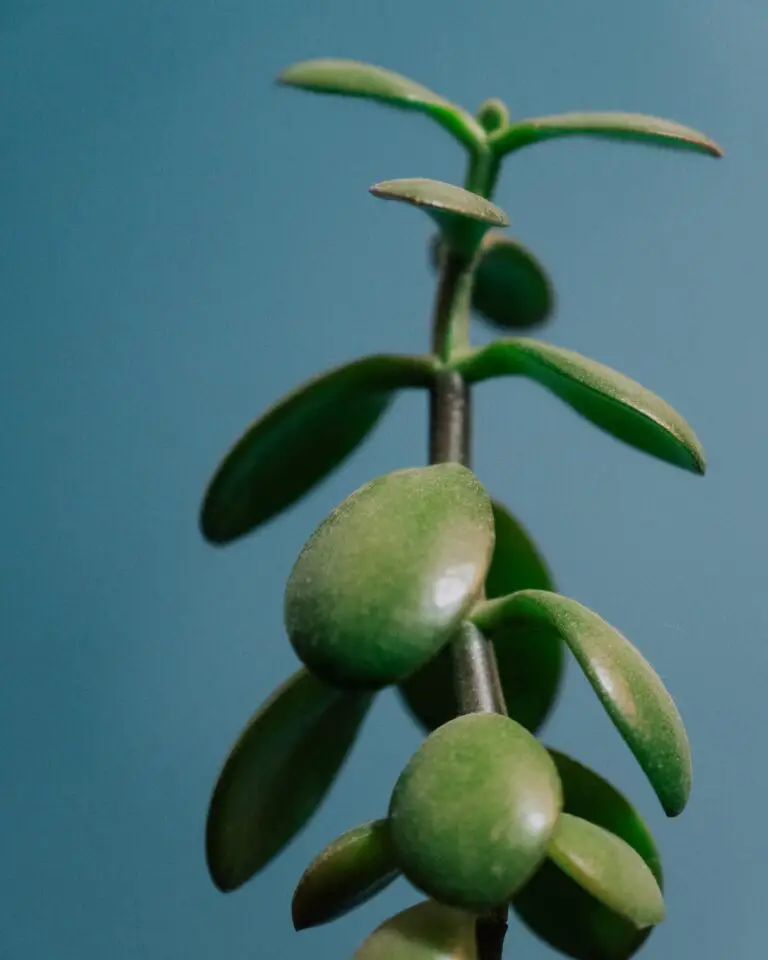
Imagine this: a sunbeam slices through your window, casting a warm glow across a collection of potted serenity. There’s a Crassula, standing tall amongst its leafy comrades, a symbol of growth and perseverance. But then, in prances your cat, whiskers twitching with curiosity. With just a nibble on those tempting leaves, your serene scene could turn worrisome. It’s a scenario all too common, and that’s why knowledge is power when it comes to protecting your kitties from potentially harmful plants.
So, as we marvel at these popular houseplants, let’s also pledge to keep our feline friends safe. It’s not just about aesthetics—it’s about creating a harmonious living space where all inhabitants, human and animal, can thrive in health and happiness.
Understanding Plant Toxicity and Cats
Have you ever caught your furry companion nibbling on the fronds of a fern or batting at the leaves of a luscious houseplant? It’s not just a cute quirk; it’s a sign of a less-known feline pastime. So, why should this be a cause for concern? The answer lies within the veined walls of countless decorative greens that grace our homes. Not all plants and pets live in harmony, and some can be downright dangerous to your whiskered friends. Let’s dig our claws into what makes a plant a potential hazard to your cat.
The botanical breakdown: At its core, plant toxicity is all about chemistry. Plants produce a spectacular array of chemical compounds, some of which can cause adverse effects on animals that ingest them. These toxic substances can range from mild irritants to severe, life-threatening toxins. Think of them as a plant’s personal bodyguards, warding off hungry critters, including your prowling pet.
Imagine this scenario: A sunny patch in the living room hosts a vibrant Crassula plant. Its alluring leaves are a tempting target for Fluffy’s feisty feline instincts. One chomp can lead to a carousel of symptoms if that plant is toxic. Many cat owners have stories of rushed vet visits after discovering their cat’s jungle exploration habits took a toxic turn.
To understand the risks, consider the versatility of plant toxins. Some might cause a mild tummy upset, but others, like those lurking in certain Crassula species, could mean a trip to the emergency room. They can affect a cat’s organs and nervous system, leading to distressing symptoms such as vomiting, diarrhea, or even seizures.
But fear not, cat lovers. Knowledge is power. By educating ourselves and identifying which plants pose a threat, we can prevent these unfortunate encounters. A visit to authoritative resources such as the Merck Veterinary Manual can illuminate this complex subject, offering valuable insights into plant toxicity.
For those who seek peace of mind, there’s a garden of cat-safe alternatives waiting to be planted. Swing by our expert guide on sustainable pet-friendly horticulture to explore a range of non-toxic flora that surely won’t leave you or your cat frowning.
No furry friend’s health should be gambled on a guess. As responsible pet owners, it’s our duty to ensure the plants that beautify our space also safeguard the well-being of our cherished companions. After all, curiosity didn’t kill the cat—ignorance towards plant toxicity might.
The Crassula Plant: Is It Safe for Your Cat?
Imagine you’ve just brought home a shiny, plump Crassula plant – commonly celebrated as the beloved Jade Plant. It’s easy to be charmed by its lush, green leaves and woody stems, signaling prosperity and good luck. But hold on – is your furry feline friend eyeing it curiously? Before you let Mister Whiskers take a leap, let’s dig into the nitty-gritty of Crassula plant’s safety for cats.
Let’s face it – cats are natural explorers, and often their curiosity leads them into a nibble here and there. But when it comes to Crassula plants, this innocent nibbling can take an ominous turn. Known for their toxicity to cats, these succulents contain compounds that can cause vomiting, lethargy, and in severe cases, a slow heart rate. What’s sneaky is that the toxicity lies dormant, kind of a wolf in sheep’s clothing, not revealing its dangers until ingested by your unsuspecting kitty.
If you’re scratching your head, wondering why a plant would develop such a devious defense, it’s simply a survival tactic. In the wild, deterrence is key to a plant’s longevity, and toxicity is the Crassula’s way of saying, “Psst, this isn’t just a salad bar!” But in the domestic jungle of your living room, it’s a threat disguised within those jade-green leaves.
Real-life stories abound – take Zelda, a tabby who fancied a nibble on her owner’s Crassula. Moments turned to worry as Zelda started to retch, and a midnight vet visit later, she was diagnosed with Crassula poisoning. It was a wake-up call for her human, who hadn’t realized the danger lurking in that potted beauty.
How do you keep both your green companions and whiskered friends thriving under the same roof? Well, awareness is your best ally. Consider elevating your Crassula plants to heights beyond kitty’s reach, perhaps on a high shelf or in a cat-free zone. Want to brush up on more green thumb strategies? Explore further on succulent care and create a safe haven for all your chlorophyll-filled friends.
Ultimately, keeping your cat safe doesn’t mean you must forsake your love for Crassula plants. With careful placement and vigilance, your home can be a sanctuary for both your leafy and furry family members. Remember, the key is to blend caution with care, ensuring that every member of your home, whether on four legs or with fleshy leaves, thrives in harmony.
Clinical Signs of Crassula Toxicity in Cats
Imagine you’re enjoying a serene afternoon at home with your cat purring contentedly at your side. Out of the corner of your eye, you see your feline friend nibble on the lush, green leaves of your beloved Crassula plant. Suddenly, what was a peaceful scene turns into one of concern. Could your cat be in danger? Knowing the signs of Crassula toxicity is crucial for every cat parent. Let’s delve into what those signs might look like.
First off, it’s key to recognize that Crassula plants can indeed be toxic to cats. If your cat ingests this plant, it may exhibit symptoms that shouldn’t be ignored. The classic signs to watch out for include vomiting, diarrhea, lethargy, and a loss of appetite. These are the body’s first line of defense, trying to rid itself of the ingested toxins. You might even find your normally energetic kitty lazing around, showing no interest in play or interaction – a telltale sign that something might be off.
At times, the reaction can be more severe. Some cats may experience increased salivation or even display signs of depression. In the more alarming scenarios, your furry companion could experience convulsions or show a drastic change in behavior. These are red flags indicating that the toxins are starting to have a significant effect on your cat’s health.
It’s important to understand that these toxins, saponins specifically, interfere with the normal function of your cat’s cells. When Fluffy chews on a Crassula leaf, the saponins are released into her system, causing a breakdown in the cell membranes. This disruption leads to the clinical signs we see and can cause systemic issues if not addressed promptly.
If you suspect your cat has nibbled on your Crassula Ovata or shows any symptoms of distress, it’s vital to consult your veterinarian immediately. They can provide the appropriate care and guidance to ensure your cat’s safety and well-being.
Now, let’s take a more visual approach. Below is an informative video that covers more about houseplants and their effects on cats, including some like the Crassula that could pose a risk:
Keeping your cat safe from potentially dangerous plants is a part of responsible pet ownership. Be aware of the symptoms and take action immediately if your cat exhibits any signs of toxicity. Your vigilant care can make all the difference in ensuring your pet remains happy, healthy, and far from harm’s way.
Immediate Actions if Your Cat Ingests Crassula
If you’ve just caught your feline friend nibbling on a Crassula plant, your heart might skip a beat, and rightfully so. As aesthetically pleasing as they are, Crassula plants can pose a risk to your cat’s health. But fear not, let’s walk through what you can do to ensure your furry pal stays safe and sound.
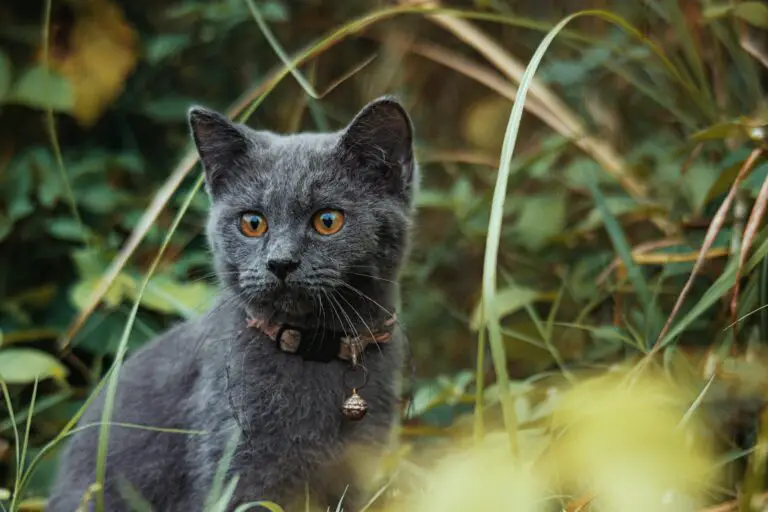
First things first, remain calm. Cats are curious by nature, and they often explore the world with their mouths. While Crassula plants are toxic to cats, a small, accidental ingestion might not be a catastrophe – but it does warrant attention.
Begin by removing any plant material from your cat’s mouth if possible and prevent them from eating more. The sap from Crassula can be irritating, so ensuring they don’t ingest more is crucial. Observe your feline for any immediate signs of distress, such as drooling, pawing at the mouth, or vomiting.
Next, give your local vet a call. It’s essential to seek professional advice even if your cat seems fine. Be ready to describe the plant and the amount you believe your cat has consumed. Your vet may advise you to monitor your cat’s behavior, or they might request you to bring them in for a check-up.
If your cat is showing more severe symptoms such as difficulty breathing, seizures, or collapse, this is a medical emergency, and you should get to the veterinary clinic straight away. In such instances, every minute counts, so while on your way, try to keep your pet calm and still to prevent further distress.
Prevention is undoubtedly the best approach, so consider placing Crassula plants out of reach or substituting them with cat-friendly greenery instead. Your curious cat will thank you, and you can rest easier knowing you’ve created a safe exploratory space for them.
Pro Tip: Emergency Kit
For peace of mind, keep a pet emergency kit accessible, including the vet’s number, a carrier for safe and swift transport, and a first aid booklet for pets. Being prepared could make all the difference in a pinch.
Prevention: Keeping Your Cat Safe from Toxic Plants
As an avid plant lover and a devoted cat parent, the last thing you’d want is for your green oasis to pose a threat to your feline friends. Yes, we’re looking at you, Crassula plants—those gorgeous jade plants that are a staple in many households but also a hidden danger to curious cats. Understanding how to keep your furry companion away from these toxic succulents is key to creating a safe and harmonious living space.
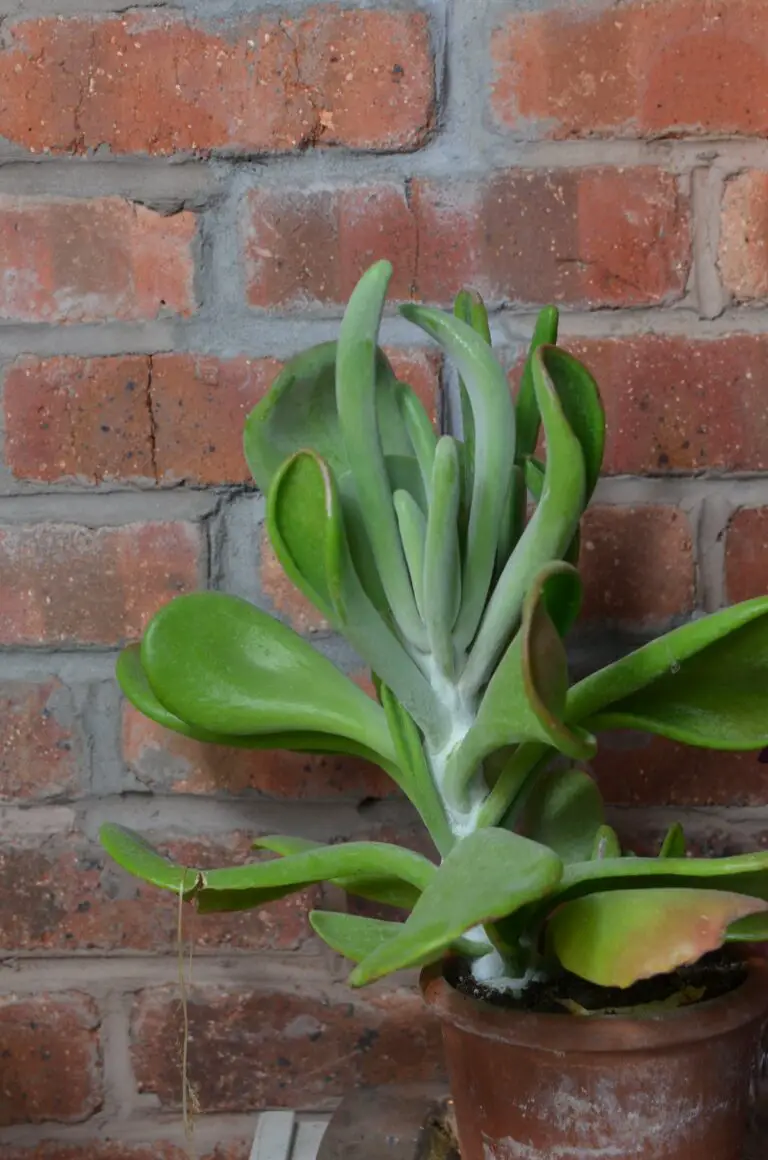
First off, knowledge is power. Be sure to have a chat with your vet about Crassula and other plants toxic to cats. A well-informed pet parent is better equipped to prevent accidental ingestions. Now, let’s roll up our sleeves and get a little crafty. Have you considered a “catio”? That’s right—a patio for your cat! By creating a screened enclosure, your cat can enjoy the outdoors without getting their paws on toxic greenery. Alternatively, dedicate “no-cat” zones in your home, where your beloved Crassulas can bask in the sun, safely out of paw’s reach!
Moving on to advanced strategies, distraction is your ally. Nurture your cat’s instincts with safe-to-chew cat grass and interactive toys. When they’re busy pouncing on faux mice, they won’t have time to eye those forbidden succulents. Remember that time when Mr. Whiskers was so fixated on that feather toy that he didn’t glance at the Crassula for hours? Exactly. More of that, please.
Lest we forget, consistency is vital. Reinforce training with positive reinforcements and clear boundaries. If your cat so much as sniffs in the direction of your Crassula, a firm “no” and redirection can work wonders. Just like the time when Fluffy learned that the kitchen counter was off-limits, with patience and treats, she can learn this too.
Finally, inspect your indoor haven. Cats are natural climbers and acrobats, so ensure your Crassula plants are placed well beyond their leaping range. Consider using plant stands that are too narrow for a cat to balance on, or hanging planters that turn your toxic greens into an aerial display, well away from those prying paws.
By using these tips and infusing a little feline psychology into your approach, you can maintain a lush, cat-safe home environment while keeping your Crassulas aloft and your kitties healthy and content.
Alternatives: Cat-Safe Houseplants
Worried that your leafy pals might be a hidden hazard to your kitty? Fear not, plant lovers! Let’s explore some muse-worthy greenery that’s guaranteed to keep both your aesthetic vibes and whiskered companions thriving. Wave goodbye to the crassula plant and say hello to a world of cat-friendly botanicals!
Take the Spider Plant (Chlorophytum comosum), for instance—this frilly favorite is not only a stunner with its cascading leaves but also a champion air purifier. Picture Fluffy napping underneath its arching variegated fronds, basking in a clean, oxygen-rich haven. It’s the perfect scene straight out of a cozy cat haven catalogue!
Or how about the classic Boston Fern (Nephrolepis exaltata)? This lush, feathery friend invites a touch of wilderness into your urban jungle without causing a single whisker out of place. It’s like having a mini rainforest corner where your feline can play explorer, all in the safety of your living room.
If bold, dramatic foliage is your thing, look no further than the African Violet (Saintpaulia). With their vibrant blooms and soft, hairy leaves, they add a pop of pet-safe color that’s sure to spark conversations. Imagine your cat’s Instagram, capturing those purr-worthy moments beside the vivid purple flowers.
Let’s not forget the humble yet hearty Cast Iron Plant (Aspidistra elatior). True to its name, this resilient species can withstand feline curiosity with grace. Its broad, dark green leaves stand tall, offering a serene backdrop to your indoor landscape—imagine it as the understated hero of your decor ensemble.
And for that ultimate piece-de-resistance, the Peperomia fits the bill. With a dazzling array of leaf shapes and patterns, these non-toxic beauties keep things visually intriguing. Who knows, their quirky appearance might just earn your kitty’s paw of approval!
Now, it’s one thing to talk about these cat-safe contenders, but it’s a whole other experience to see them in action. Take a look at this snapshot of vibrant, non-toxic plant bliss—a haven where inquisitive paws can explore without a worry:
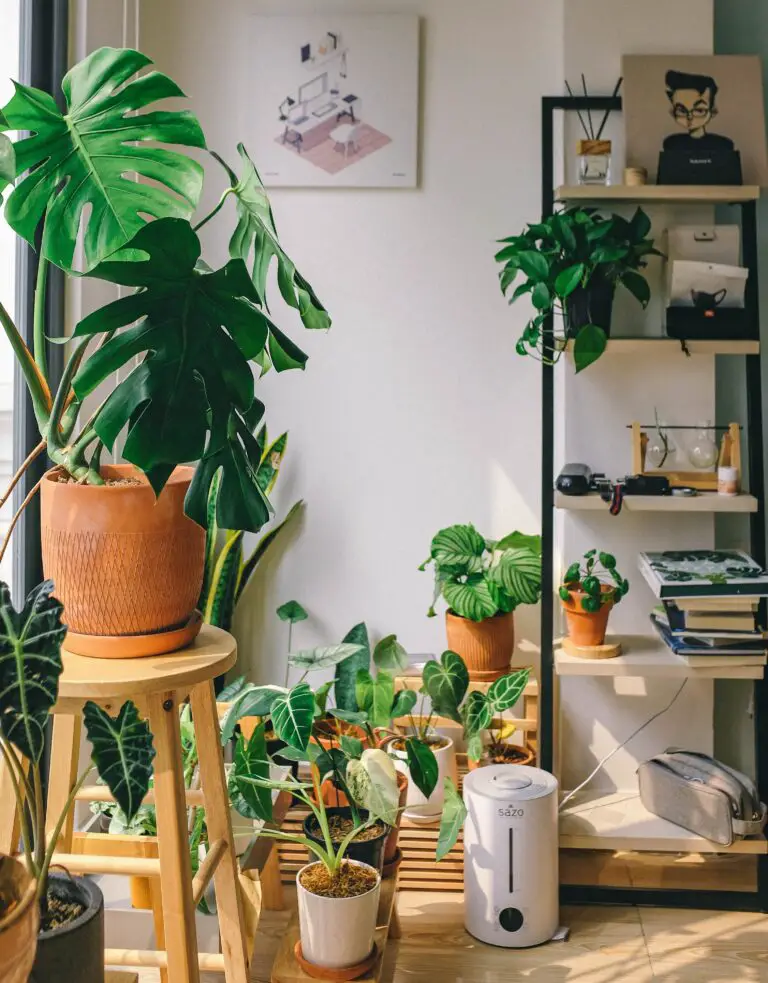
With a touch of creativity and these paw-approved plants, transforming your space into a green sanctuary for both you and your furry friend is a walk in the park. Picture your home as a lush retreat, where every leaf and petal exists in harmony with your cat’s playful spirit. It’s not just about making do without the crassula—it’s about curating a botanical collection that celebrates life, in all its feline-friendly glory!
Educating Fellow Cat Owners on Plant Safety
As our feline friends roam our homes with indefatigable curiosity, it’s our responsibility—nay, our duty—to ensure their environment is as safe as a snuggly cat bed. When we bring plants into our home, we bask in their beauty and benefits, often oblivious to the hidden dangers they may pose to Mr. Whiskers. It is not just a matter of concern, but an urgent topic that demands our attention and action. Here’s a bit of insight into why this education on plant safety is a must for any cat owner.
Picture this: a sunny Sunday afternoon, your beloved kitty is prancing around, and amidst the frolic, nibbles on the seemingly harmless Crassula plant sitting by the window. Fast forward, and you’re facing an emergency vet visit because, unbeknownst to you, Crassula plants are toxic to cats. This scenario is all too real for some cat owners and can be easily prevented with a little bit of knowledge sharing.
Unlike us humans, with our ability to Google our every concern, cats rely on us to discern what’s safe for them. In a recent survey, a staggering number of pet owners admitted to not knowing whether their houseplants were toxic. This lack of awareness is not just alarming, it’s perilous. Hence, shining the spotlight on plant safety is not an overreaction but a necessary stride toward keeping our whiskered companions out of harm’s way.
Real-life examples abound. Take Sarah, who had a beautiful collection of succulents. It was only after her cat, Leo, started showing unusual symptoms that she discovered her Crassula ovata was the culprit. Stories like Sarah’s are a wake-up call, a reminder that what’s decorative to us can be dangerous to our pets. We have the power to change that narrative by educating ourselves and others.
Now, take a moment to watch this informative video, which delves into the importance of understanding which succulents, including Crassula, may pose a risk to our feline friends:
Armed with the right information, we can cultivate a living space that is not only aesthetically pleasing but, more importantly, safe for all members of our family—paws included. So let’s continue to spread the word, one cat owner at a time, about the hazards of Crassula plants and many others. Remember, a little bit of education can go a long way in nurturing a safe and happy home for our pets.
Conclusion: Balancing Plant Love with Cat Safety
As we’ve unraveled throughout our exploration, the allure of crassula plants—those charming succulents that adorn our spaces—comes with a caveat for cat owners. It’s a bittersweet symphony of aesthetic pleasure and potential peril, as these plants can indeed pose a threat to the playful paws and curious noses of our feline friends. Keeping our cats safe means embracing responsible plant ownership and this may sometimes require tough choices or creative solutions.
Picture the scene: a sunbeam enters the room, illuminating the jade-like leaves of a thriving crassula, as your cat purrs contentedly in the warmth. It’s a domestic idyll, yet behind this peaceful vignette lurks a danger—ingesting even a small amount of crassula can lead to discomfort or worse for your beloved kitty. It’s not just a scaremongering tale; ask any vet, and they’ll recount stories of feline patients who’ve suffered after an encounter with a toxic plant.
The key here is awareness and action. As guardians of our pet’s well-being, we must ensure that our desire to cultivate a mini indoor jungle doesn’t compromise their health. This might mean choosing non-toxic plant varieties, or it could involve placing crassula plants well out of reach, perhaps in a cat-free sanctuary room. In this way, we foster a harmonious coexistence between our passion for greenery and the comfort of our whiskered companions.
Mindful plant selection can make all the difference, turning potential hazards into harmless décor. By familiarizing ourselves with the plants that can safely share space with cats, we not only prevent mishaps but also enrich the lives of our pets. After all, a cat-friendly home is one where both flora and fauna can thrive together, without fear or fret.
Ultimately, the message is clear: love for our furry family members must come hand-in-hand with an informed approach to decorating our homes with plants. The verdant vibrancy of a crassula plant is no match for the vibrant spirit of a healthy, happy cat—a truth any pet parent can attest to.
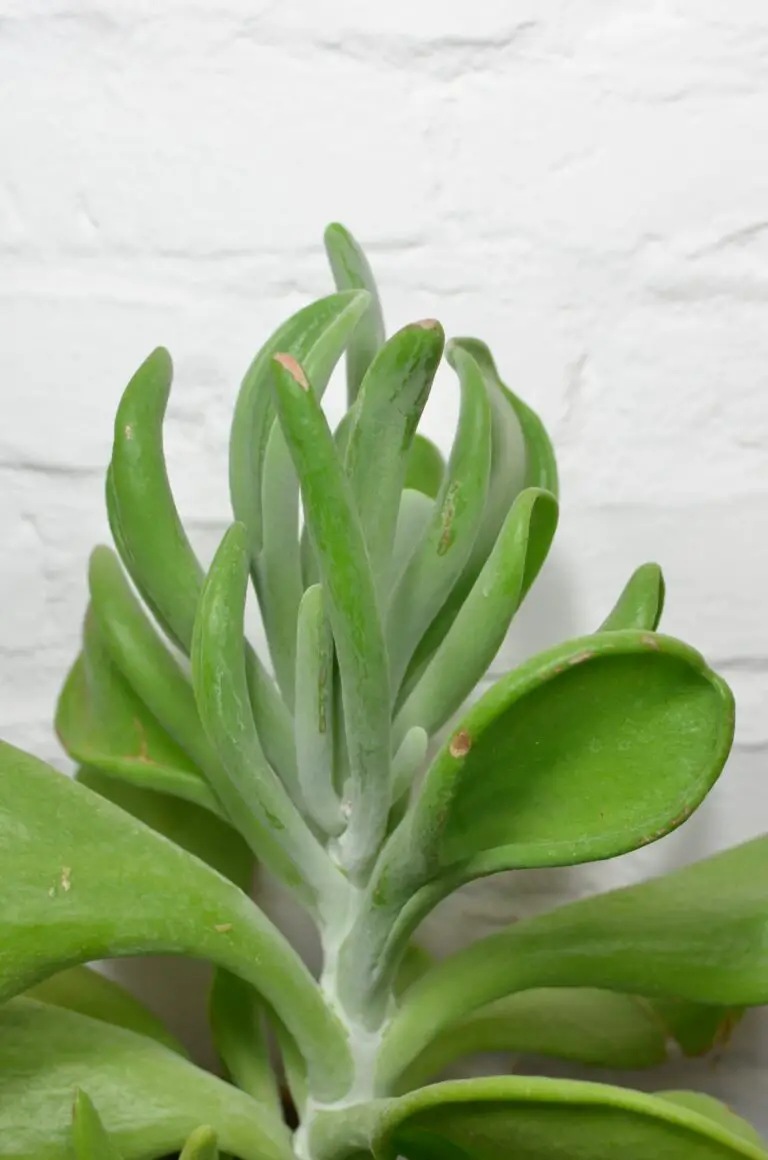
Frequently Asked Questions
When it comes to the safety of our furry companions, especially those of the feline persuasion, we must tread with care. One question that often leaps to mind for cat owners is the toxicity of the popular jade-like Crassula plants. So, let’s delve into it with a frisky curiosity worthy of a kitten chasing its own tail!
Are Crassula Plants Truly Toxic to Cats?
Imagine that peaceful Sunday, your cat lounging on the windowsill, a pot of Crassula, also known as jade plants, basking in the sunlight beside it. But is this picture as serene as it seems? Crassula plants have been rumored to be toxic to cats, causing symptoms such as vomiting, lethargy, and a loss of coordination if ingested. It’s important to keep these plants out of paw’s reach to ensure your cat’s environment is as safe as their favourite sunspot.

How Can I Keep My Cat Safe Around Crassula Plants?
Imagine your cat as an explorer in a jungle, where every plant is a potential discovery or danger. To keep your adventurous companion safe, consider placing Crassula plants on high shelves or in rooms that are off-limits to your whiskered explorer. Cats are natural climbers, so make sure your plant perches are not easily accessible to those agile paws!
Can Crassula Plants and Cats Coexist Peacefully?
The key to a harmonious home is understanding and respect—understanding the hazards and respecting the natural inclinations of our cat companions. With careful placement of Crassula plants and constant vigilance, it’s possible to strike a balance. An alternative is to introduce cat-friendly greenery into your home, ensuring that both your decor desires and your cat’s safety are met with a purrfect compromise.
In the end, knowledge is power, especially when it comes to our pets’ safety. Have you other burning questions about cats and plants? Dangle them before us like a string toy, and we’ll leap into action to bring clarity to your feline’s flora-related curiosities.



